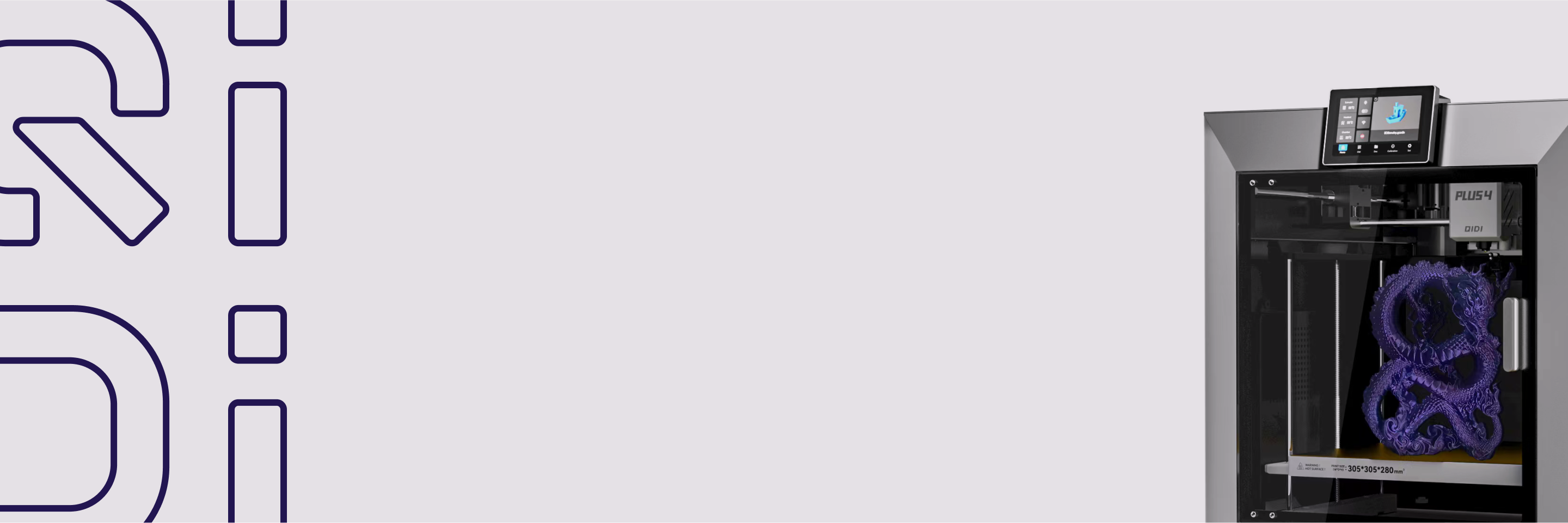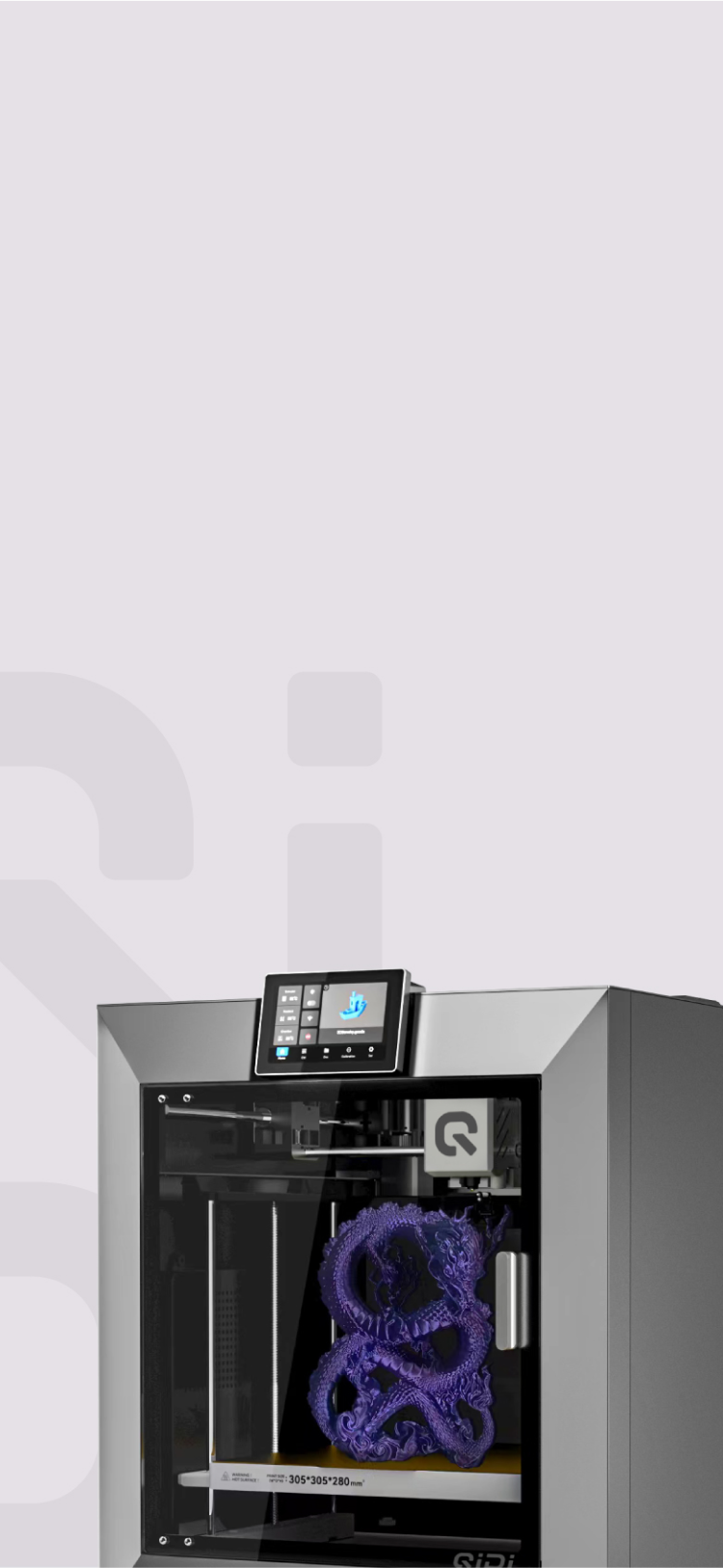3D Printer Size: Are You Paying for Volume You'll Never Use?

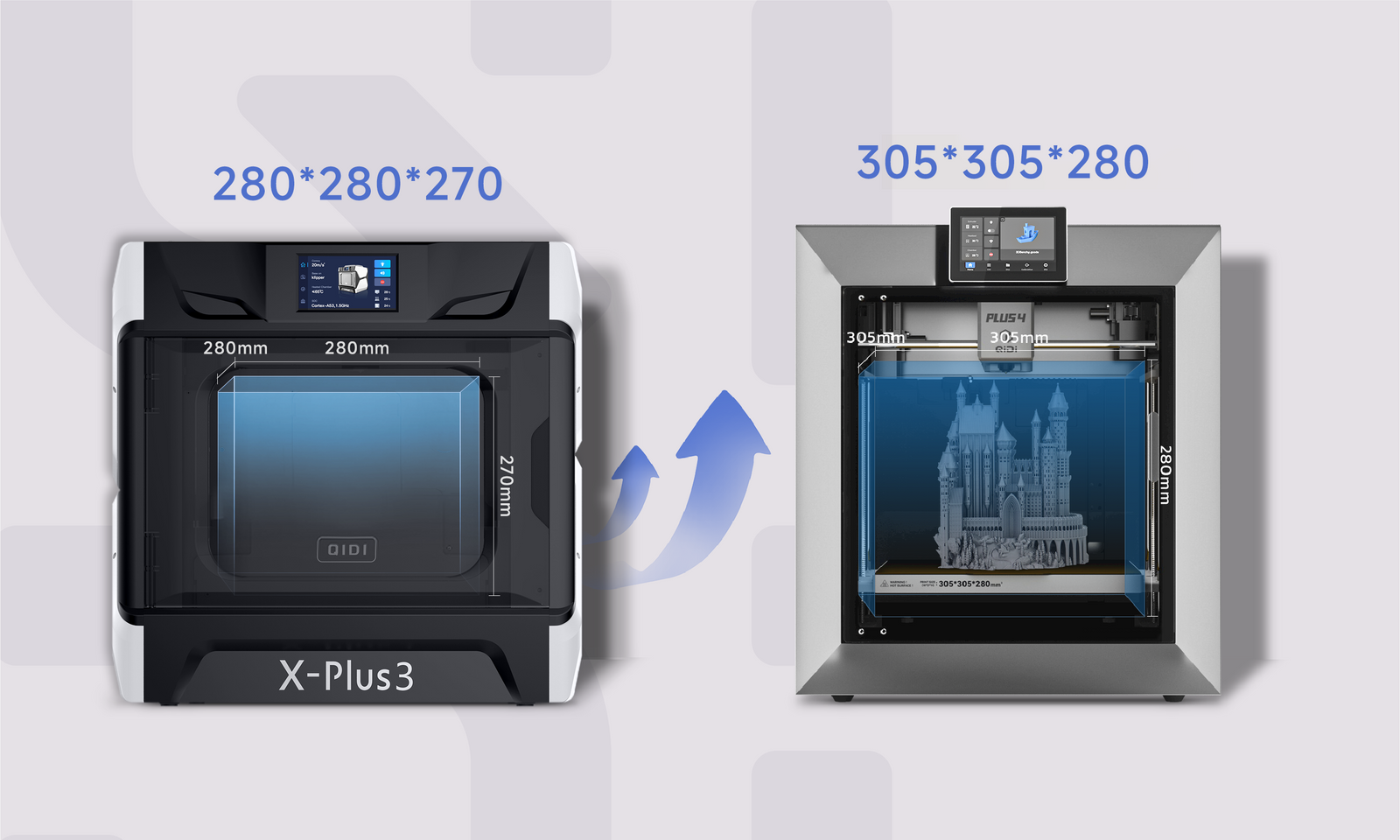
Many new 3D printer owners end up in a strange situation: they spend a premium for a machine with a massive build area, only to find themselves printing small objects that use just a fraction of the space. That huge printer, bought for ambitious "what-if" projects, often sits idle, taking up valuable desk space. This happens because the appeal of a large build volume is often a trap. For most day-to-day applications, a standard-sized machine is not a compromise; it’s the more practical, efficient, and economical tool.
The Full Cost of a Large Printer: More Than the Price Tag
A large printer is appealing, but its total cost goes far beyond the initial purchase price. You also have to account for extra expenses related to the physical space it occupies, the electricity it consumes, and its ongoing maintenance.

Higher Initial Purchase Price
As a general rule, the larger the build volume, the higher the upfront cost. A large-format machine from a given manufacturer can easily cost significantly more than their standard-sized model. This price difference isn't arbitrary; it comes from higher manufacturing costs. To handle the increased scale and maintain stability, larger printers require thicker frames, longer belts, more powerful electronics, and bigger, more robust mechanical parts, all of which increase the final price.
Hidden Costs of Operation and Maintenance
The expenses continue long after the initial purchase. These ongoing costs can be broken down into several key areas:
- Physical Footprint: Large printers take up a lot more room. Remember, the machine's frame and enclosure are always much larger than the print bed itself. A printer with a large build area can easily consume an entire workbench, so you must have a dedicated space for it.
- Power Consumption: Heating a bigger print bed requires substantially more electricity, which leads to longer heat-up times before a print can start and noticeably higher utility bills over time.
- Maintenance and Parts: Consumable parts for larger printers are more expensive. For example, a replacement flexible build sheet for a large bed costs more than one for a standard-sized printer.
- Cost of Failure: A failed print is always frustrating, but it's a much bigger loss on a large machine. A print that fails after 40 hours wastes a significant amount of time and printer filament compared to a 6-hour print failing. With every large-scale job, the stakes are simply higher.
When combined, these factors show that the true investment in a large printer goes well beyond its initial price. This total commitment of money, space, and time should be carefully weighed against your actual printing needs.
Why a Smaller Printer is Often the Smarter Choice
Sure, huge printers have their place, but you'd be surprised how often a standard-sized machine is all you need. It really comes down to buying a 3D printer for the things you'll actually make, not for that one giant project you might try down the road.
The 80/20 Rule of Printing
Most of the time, the things you'll actually print—like small repair parts, fun gadgets, or gaming miniatures—will easily fit on a standard printer. There’s a reason this size is so popular: it’s big enough for almost everything you'll need, without the headaches that come with a giant machine.
A Surprising Edge in Quality
Here's something that might surprise you: smaller printers can often produce better-looking prints. Their smaller, tighter frames are less likely to wobble or vibrate when the print head is moving around quickly. Less vibration means cleaner lines and fewer noticeable flaws on your finished object, especially when you're printing fast.
Quicker, More Reliable, and Cheaper to Run
A smaller print bed heats up way faster and uses less power, which is nice for both your patience and your electricity bill. The mechanics are also simpler. With less weight to throw around, there’s less wear and tear on the belts and motors, which generally means the printer is more reliable and less likely to have issues.
The Secret to Printing Big: Go Small
So how do you make that huge cosplay helmet on a standard printer? Simple: you print it in pieces. Using a common technique called "splitting," you can slice a large model into smaller, more manageable parts right in your software. This approach actually has some serious perks:
- Less Risk: If one small piece fails, you've only lost a little bit of time and material, not a whole weekend's worth of printing.
- More Options: You can print different pieces in different colors or materials. Think of a model with a hard shell but flexible, rubbery grips.
- Better Strength: You can orient each piece to have the strongest possible layer lines, something you can't always do when printing a large object all at once.
Once everything is printed, you just join the parts. You can get a surprisingly strong and seamless finish with things like alignment pins, super glue, epoxy, or even by "welding" the plastic with a rotary tool.
When a Large Printer Is the Right Choice
While standard printers are practical for most jobs, some projects genuinely require a large-format machine. A large printer is a good investment when you have a specific, recurring need for its capabilities.

Projects That Require a Large Build Volume
Certain applications are difficult or impossible to achieve without a large, uninterrupted build area. The most common examples include:
- Cosplay and Props: Printing items like full-sized helmets or large props in one piece is often necessary for strength and a smooth, seamless finish.
- Full-Scale Prototypes: Engineers and designers frequently need to create large, single-piece prototypes of products like drone bodies or equipment enclosures to test their form and function accurately.
- Art and Architectural Models: For artists and architects, some projects, like large sculptures or detailed building models, depend on a large scale for their visual impact.
- Batch Production: This involves using a large bed to print many copies of a small item at once. However, for producing parts in bulk, a group of several smaller printers (a "print farm") can sometimes be more efficient and reliable than one large machine.
Key Benefits of Single-Piece Printing
When your project genuinely requires it, printing an object in one piece offers clear advantages over assembling smaller parts:
- Greater Strength: Objects printed in a single piece are inherently stronger because they don't have glued seams that can become weak points under stress.
- Better Appearance: The surface finish is cleaner and more professional, with no seam lines that need to be hidden or sanded down.
- Faster Post-Processing: You save a significant amount of time because the steps of assembling, gluing, and finishing multiple parts are eliminated.
If your primary work falls into these categories, the trade-offs in cost and space become a worthwhile investment for the unique results you can achieve.
The Industry Standard: Printers in the 220-300mm Range
For most users, the best choice is a standard-sized printer. This generally means a machine with a build volume in the range of 220 x 220 x 250 mm to 300 x 300 x 300 mm. This size has become the industry standard not by accident, but because it offers the most practical and valuable combination of features. Here is exactly why it's the smartest choice:
It's the Perfect Functional Balance
A standard build plate is large enough to let you create impressive, large-scale projects (by printing them in a few manageable parts), while still being efficient and economical for the small, functional prints you'll do every day. It gives you great capability without the significant drawbacks of a large machine, such as a huge physical footprint and high power consumption.
It Has the Best Ecosystem
Because this is the most popular size, it enjoys the most support. This translates into real-world advantages: more competition (which means better prices and innovation), a massive selection of available upgrades and parts, and a huge online community. When you have a problem or want to modify your machine, you will find countless tutorials and guides for a standard-sized printer.
Calibrate Your Decision Before You Calibrate a Printer!
Base your printer choice on real projects, not hypotheticals, to avoid paying for unused build volume. Before buying, quickly assess your likely prints, your available workspace, and your willingness to split large models. A standard-sized printer is the wisest starting point for almost everyone. It handles most jobs perfectly, and you can always upgrade later if you develop a genuine need for more space.


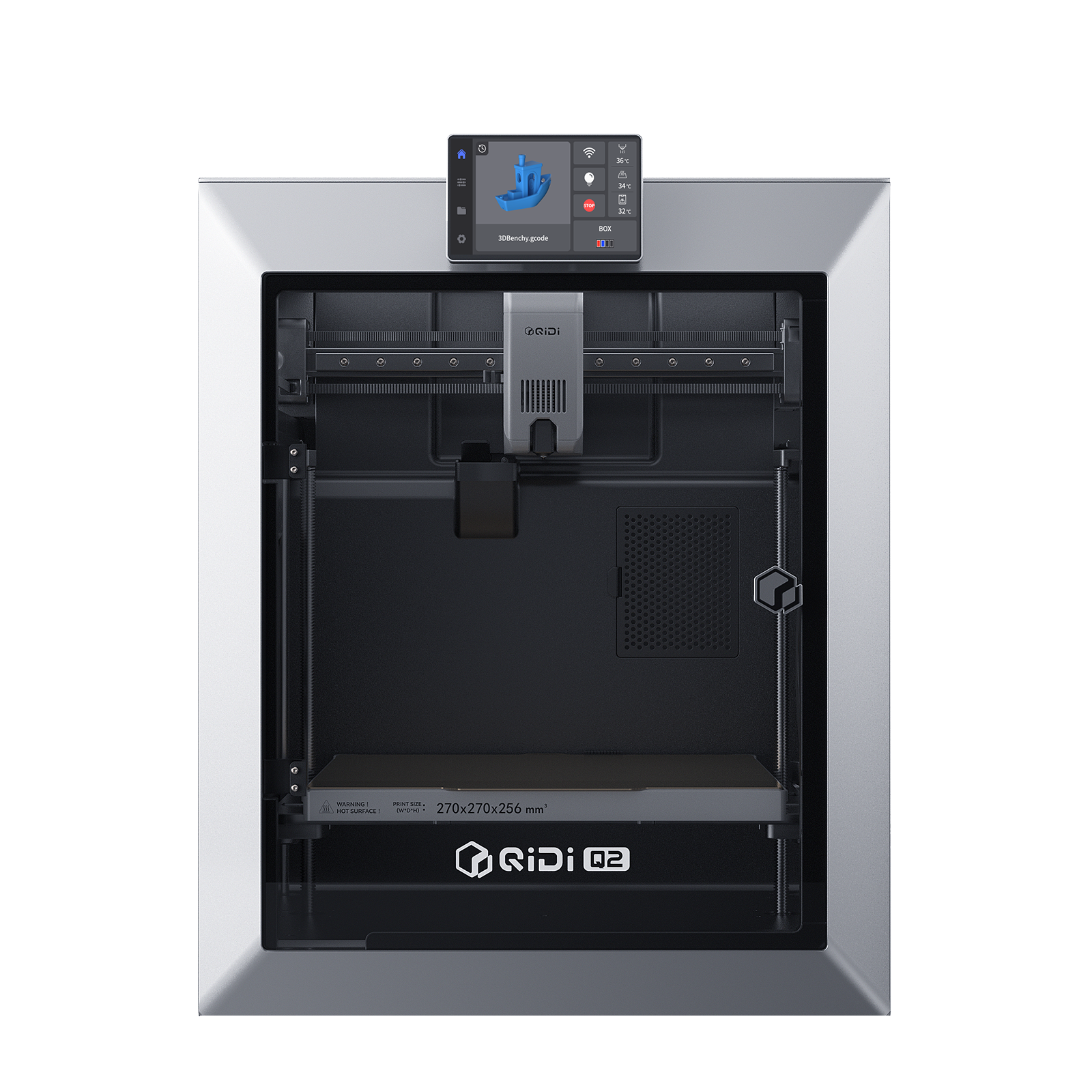 Q2
Q2
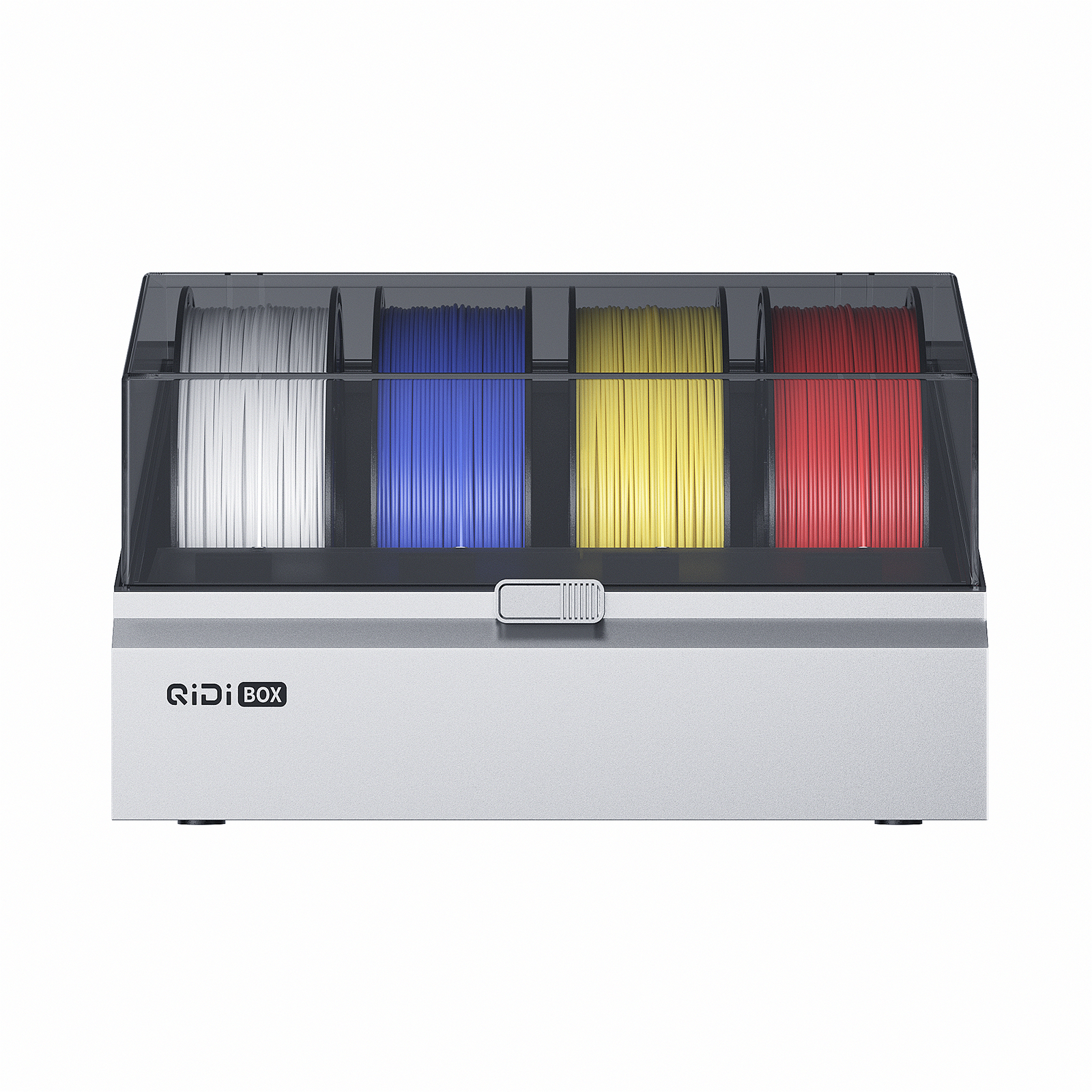 QIDI Box
QIDI Box
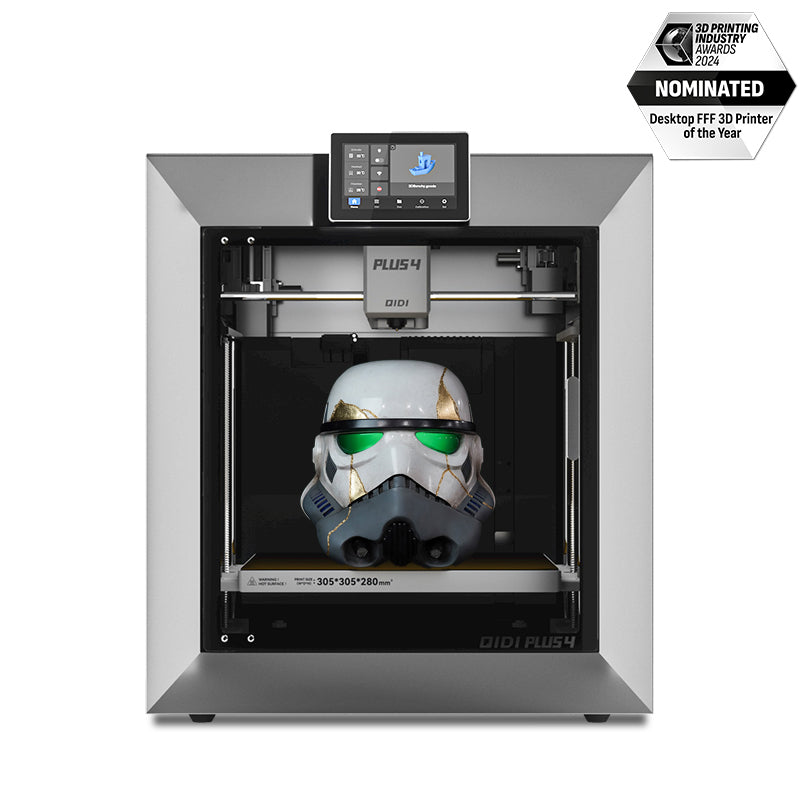 Plus 4
Plus 4
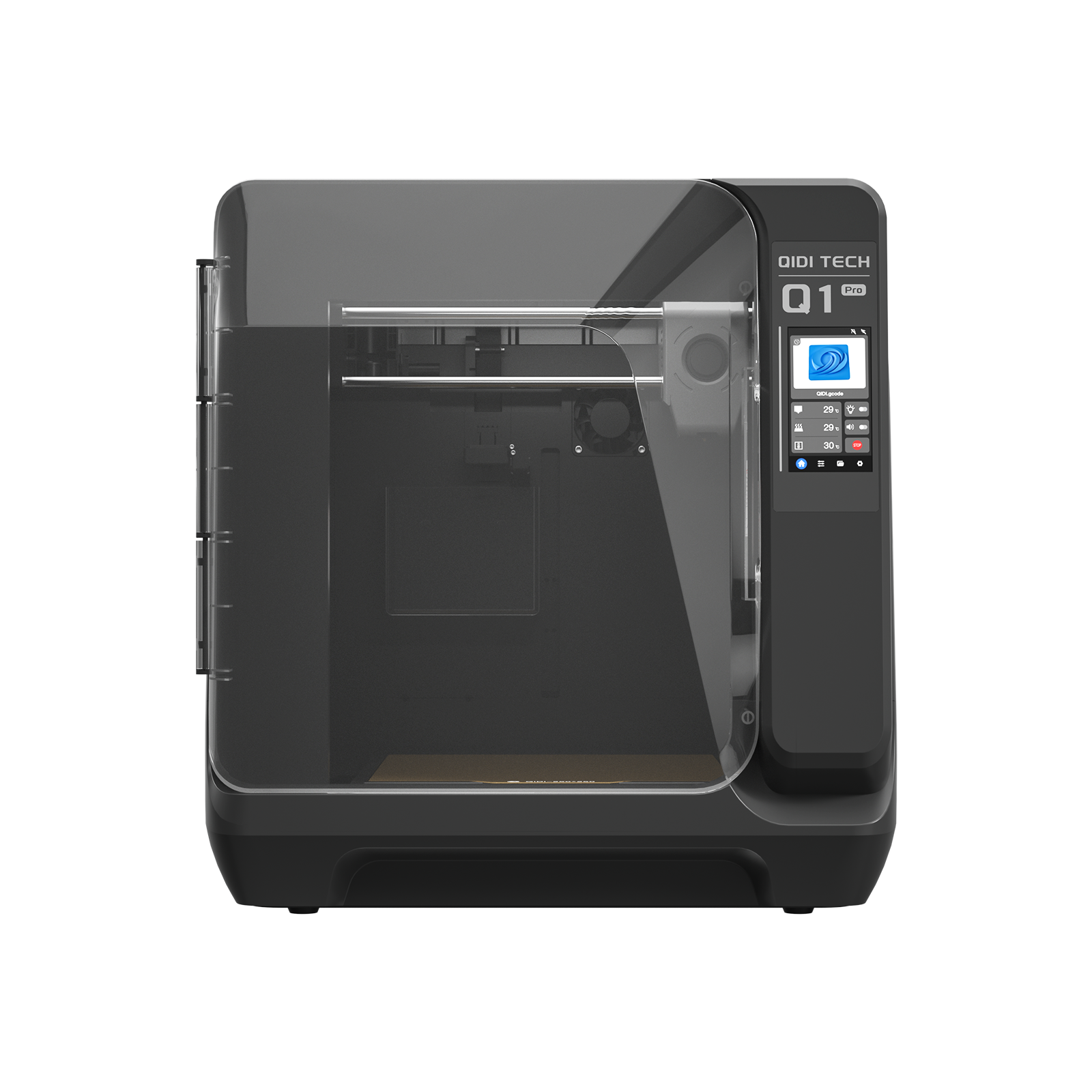 Q1 Pro
Q1 Pro
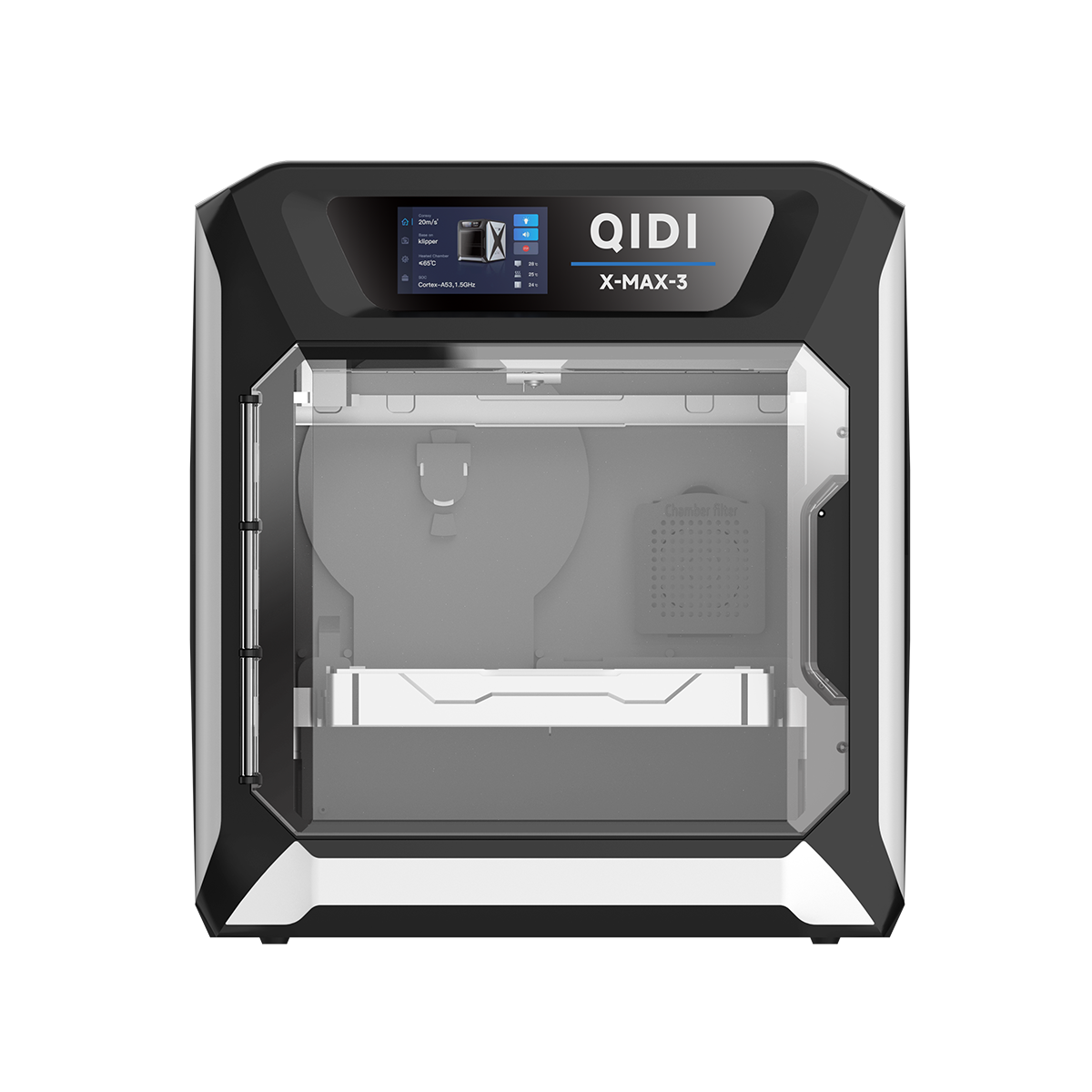 X-Max 3
X-Max 3
